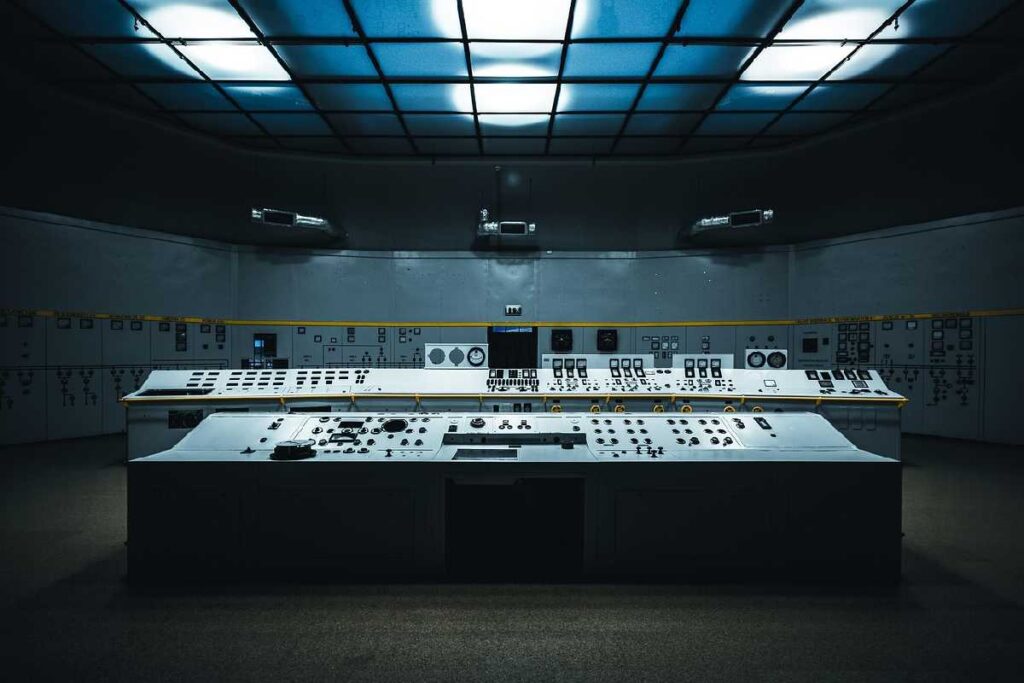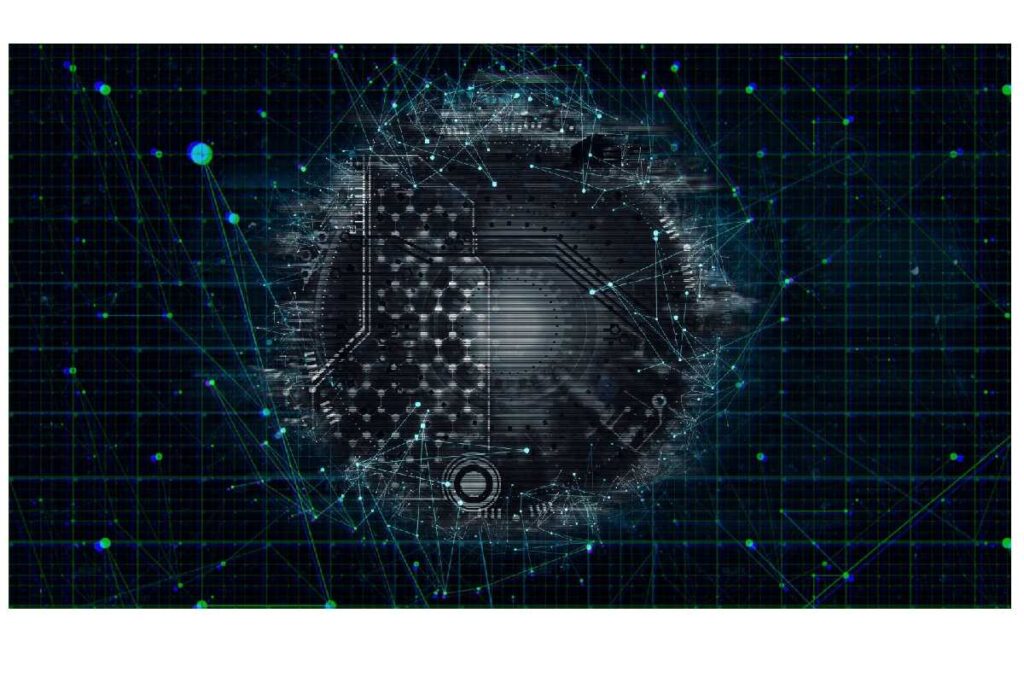So here’s the deal with snnbytes xcv panels – I kept seeing this term everywhere when I was researching solar options for my place, and honestly? Half the articles out there read like someone just copy-pasted a manufacturer’s brochure. Not helpful.
After months of digging, talking to actual installers, and even visiting a couple of homes with these panels, I figured I’d share what I learned. No corporate speak, no wild promises – just what these things actually do and whether they’re worth your money.
What Are XCV Panels? (The Real Answer)
Okay, first things first. XCV stands for eXtremely Conductive and Versatile panels. Sounds fancy, but what does that actually mean for you?
Traditional solar panels use silicon – been that way forever. XCV panels switched things up by using different materials, mainly something called perovskite. I’m not a chemist, so I won’t pretend to explain the molecular structure or whatever. What matters is this: these materials grab more sunlight and turn more of it into actual electricity you can use.
My neighbor’s got the old-school silicon panels. They work fine. But when we compared notes on output, especially during winter when it’s cloudy half the time, the difference was pretty noticeable. His panels basically take a nap on overcast days. Mine? They keep chugging along.
Two Sides of XCV Technology
Here’s something that tripped me up initially. XCV technology isn’t just about solar panels. There’s also a display technology side (eXtra Clear View) that makes screens clearer and brighter. Same acronym, different applications.
For this article though, we’re focusing on the solar energy side since that’s what most people care about when they’re trying to lower their electric bill.
Why I Actually Started Paying Attention to These Panels
I’ll be straight with you – I wasn’t looking for the latest and greatest. I just wanted something reliable that wouldn’t need constant babysitting. But a few things about XCV panels caught my attention.
The Numbers Don’t Lie
Regular solar panels convert maybe 15-18% of sunlight into electricity. Some of the better ones hit 20%. XCV panels are pushing past that, and it’s not by a tiny margin.
What that means in practice:
- Smaller setup for the same power output
- My roof isn’t completely covered in panels
- Still generating decent power even when weather’s not perfect
- Hitting my energy needs without maxing out every available space
They Actually Hold Up
Last year, we had this brutal hailstorm. I’m talking golf ball-sized ice falling from the sky. I was convinced I’d be calling for repairs the next day.
Nothing. Not a scratch, not a crack, nothing. Meanwhile, my buddy with traditional panels two streets over? He had to replace three of them.
That’s when I realized these aren’t just more efficient – they’re built tougher. The materials handle temperature swings better, they don’t degrade as fast in UV exposure, and they just… last.
Actually Caring About the Planet (Not Just Saying It)
Look, everyone claims their product is “eco-friendly” these days. It’s become meaningless. But here’s what’s different with XCV panels – they’re made with materials you can actually recycle.
When my old electronics die, I feel guilty tossing them because I know they’re just sitting in a landfill forever. With these panels, there’s an actual end-of-life plan that doesn’t involve creating more waste. Small thing maybe, but it matters to me.
How These Things Actually Function
I’m not going to bore you with a physics lecture. But understanding the basics helps you see why they work better.
Solar panels catch photons from sunlight. Those photons knock electrons loose, creating an electrical current. Basic stuff, right?
The difference is in what catches those photons. Traditional silicon is okay at it. The perovskite materials in XCV panels are way better at it. They grab a wider range of light wavelengths, including some that regular panels just miss completely.
Think of it like fishing with a bigger net. You’re still fishing in the same pond, but you’re catching more because your equipment is better designed for the job.
Each panel has these tiny independent cells working together. If one section gets shaded by a tree branch, the rest keep working at full capacity. With older panels, shading one part could drag down the whole system’s performance.
Where People Are Using XCV Panels
Home Setups (The Most Common)
This is probably why you’re here. Can these work for a regular house? Yeah, absolutely.
I’ve got a standard suburban home, nothing fancy. Here’s what changed after installation:
Before: Electric bill ran between $180-$240 depending on the season. Summer AC costs were brutal.
After: Monthly bill dropped to $30-$50. Sometimes less if we’re careful about usage. The panels generate more than enough during the day, and we’ve got battery storage for nighttime.
The math worked out to about a 6-year payback period for me. After that, it’s basically free electricity for the next couple of decades. Your mileage will vary depending on local electricity rates, sunlight availability, and system size.
What surprised me most? They don’t look weird on my roof. Some solar setups make houses look like science experiments. These are sleek, low-profile, and honestly, most people don’t even notice them unless I point them out.
Business Applications
The company I work for installed these on our warehouse last year. Big flat roof, tons of space, seemed like an obvious move.
The facilities manager showed me the numbers – they’re saving about $3,200 monthly on electricity costs. For a business, that adds up fast. Plus, there’s some tax credit stuff that made the upfront cost less painful.
They’re using the panels to power:
- All the warehouse lighting (switched to LED too)
- Climate control for the office areas
- Charging stations for the company vehicles
- Computer systems and equipment
On sunny days, they actually generate more than they use and sell the excess back to the grid. Never thought I’d see a warehouse making money off its roof, but here we are.
Off-Grid Living
My cousin moved to rural Montana a few years back. Gorgeous property, but the power company wanted something ridiculous like $40,000 to run lines to his land.
He went full solar with XCV panels instead. Spent about half that amount on a complete system with battery backup, and he’s completely independent. No monthly bills, no worrying about outages, no dealing with the utility company.
His setup includes:
- Panel array sized for his household needs
- Battery system that stores 3 days worth of power
- Backup generator for extended cloudy periods (rarely needed)
- Monitoring system so he can track everything from his phone
He was worried about winter since Montana isn’t exactly sunny year-round. But even with snow cover, the panels generate enough. Snow actually slides off pretty easily because of the panel angle and surface material.
Let’s Talk Money (Because That’s What Really Matters)
Everyone wants to know: what’s this gonna cost me?
Upfront Investment
Not gonna sugarcoat it – XCV panels cost more initially than traditional options. For my setup:
Traditional solar panels: Quotes ranged from $15,000-$18,000
XCV panels: Ended up paying $22,500
That $4,500-$7,500 difference stings upfront. But here’s why I went for it anyway.
Long-Term Economics
Higher efficiency means I needed fewer panels for the same output. That saved some money right there.
Maintenance costs are lower. My installer buddy says he gets way fewer service calls for XCV systems compared to traditional ones. They just don’t break as often.
The panels come with a 25-year warranty, but they’re expected to last 30-35 years. Traditional panels? More like 25 years before efficiency really drops off.
Over a 30-year period, accounting for maintenance, replacements, and energy savings, I’m coming out ahead by about $18,000 compared to traditional panels. Compared to just staying on grid power? We’re talking $45,000+ in savings.
Incentives and Tax Stuff
Federal tax credit covered 30% of my installation cost. That knocked about $6,750 off right away.
My state had an additional rebate program – another $2,000 back.
Local utility company offers credits for excess energy production.
After all the incentives, my actual out-of-pocket was closer to $13,750. Makes that payback period look a lot better.
Check your local programs though – this stuff varies wildly depending on where you live.
Installation Reality Check
What the Process Actually Looks Like
Hired a certified installer – not the place to cheap out. Here’s how it went:
Week 1: Site assessment. Guy came out, measured everything, checked roof condition, looked at electrical panel, talked about our energy usage patterns.
Week 2-3: Permitting and paperwork. Honestly the most annoying part. Lots of forms, inspections, utility company coordination.
Week 4: Installation day. Crew of four people, took about 8 hours total. They mounted the panels, ran all the wiring, installed the inverter and monitoring system, cleaned up after themselves.
Week 5: Final inspection and grid connection. Inspector verified everything met code, utility company flipped the switch.
From start to finish, about 6 weeks. Most of that was just waiting on bureaucracy.
Keeping Them Working
Maintenance is stupid simple:
Every few months: Spray them down with a hose to remove dust and debris. Takes maybe 15 minutes.
Twice a year: Visual inspection to make sure nothing’s damaged or loose. I just walk around and look.
Annually: Monitoring system check to verify everything’s performing as expected. Usually catches any issues before they become problems.
That’s it. No oil changes, no filter replacements, no service appointments. They just sit there and work.
Questions People Keep Asking Me
“Don’t Solar Panels Stop Working When It’s Cloudy?”
They produce less power, sure. But they don’t just shut off.
On a perfectly sunny day, my system generates about 45 kWh. Cloudy day? Drops to maybe 15-20 kWh. Rainy day? Still getting 8-12 kWh.
My average daily usage is around 25 kWh. Even on crappy weather days, the panels cover a good chunk of that. Battery storage handles the rest.
“What Happens at Night?”
Panels don’t generate power at night – no sunlight, no electricity. Pretty obvious.
That’s why battery storage exists. Panels charge the batteries during the day, batteries power your house at night. If batteries run low, you pull from the grid as backup.
My system has 13.5 kWh of battery capacity. That covers nighttime usage easy, with some left over for the next morning if needed.
“Are They Actually Better Than Regular Panels?”
Based on my experience and what I’ve seen from others – yeah, they are.
More efficient conversion means better performance across the board. Tougher construction means fewer problems. Better low-light performance means more consistent output.
Is the difference night and day? No. Is it noticeable enough to justify the cost? For me, absolutely.
“What If Something Breaks?”
Warranty covers defects for 25 years. Workmanship warranty from my installer is 10 years.
In 18 months of having them, I’ve had exactly zero issues. No service calls, no problems, nothing.
My installer says the failure rate on XCV panels is roughly half what they see with traditional panels. Equipment just lasts longer when it’s built better.
Where This Technology Is Headed
Improvements Coming Down the Pipeline
Talked to a couple of people working in solar research. They’re working on:
Higher efficiency rates: Current XCV panels hit around 24-26% efficiency. Next generation is targeting 30%+ in the next few years.
Lower costs: As production scales up, prices are dropping. What I paid 18 months ago is already about 15% cheaper now.
Better integration: Smarter systems that optimize based on usage patterns, weather forecasts, and grid demand.
Flexible designs: Panels that can conform to curved surfaces, integrate into building materials, even transparent panels for windows.
H3: Market Growth
Solar adoption is exploding. Climate concerns, energy costs, grid reliability issues – all pushing more people toward solar.
XCV technology is positioned to grab a big chunk of that growth. Better performance at increasingly competitive prices? That’s a winning formula.
Government policies are shifting toward renewable energy. More incentives, stricter building codes requiring solar, utility companies updating infrastructure to handle distributed generation.
This isn’t some niche technology that might catch on. It’s already happening, and it’s accelerating.
Should You Actually Get These Panels?
They Make Sense If…
You’re planning to stay put: Moving in a year or two? Probably skip it. Solar is a long-term investment.
You’ve got decent sun exposure: Living somewhere that’s overcast 300 days a year? Results won’t be as impressive.
You want energy independence: Tired of rising electric rates and surprise bills? Solar fixes that.
Upfront cost isn’t a dealbreaker: Even with incentives, you’re dropping serious money initially.
You care about environmental impact: Reducing your carbon footprint matters to you beyond just talk.
Maybe Hold Off If…
Your roof needs work soon: Fix the roof first, then add panels. Don’t do it backwards.
You’re renting: Unless your landlord is cool with it (unlikely), this isn’t for you.
Your budget is super tight: There are financing options, but don’t stretch yourself too thin.
Local incentives are changing: Sometimes waiting a few months for a better rebate program makes sense.
Final Thoughts on SNNBytes XCV Panels
After living with these panels for a while, here’s my take: they work. Not in some theoretical, maybe-in-the-future kind of way. They work right now, today, in real conditions.
Are they perfect? No. Nothing is. But they represent a genuine step forward in solar technology. Better efficiency, better durability, lower maintenance, better environmental profile – all real improvements that translate to actual benefits.
The cost is higher upfront, but the math works out if you’re in it for the long haul. I’m paying less for electricity, I’m reducing my environmental impact, and I’ve got a system that should last decades with minimal fuss.
Would I make the same choice again? Yeah, absolutely. In fact, I’m already planning to add a few more panels to cover my upcoming EV purchase.





